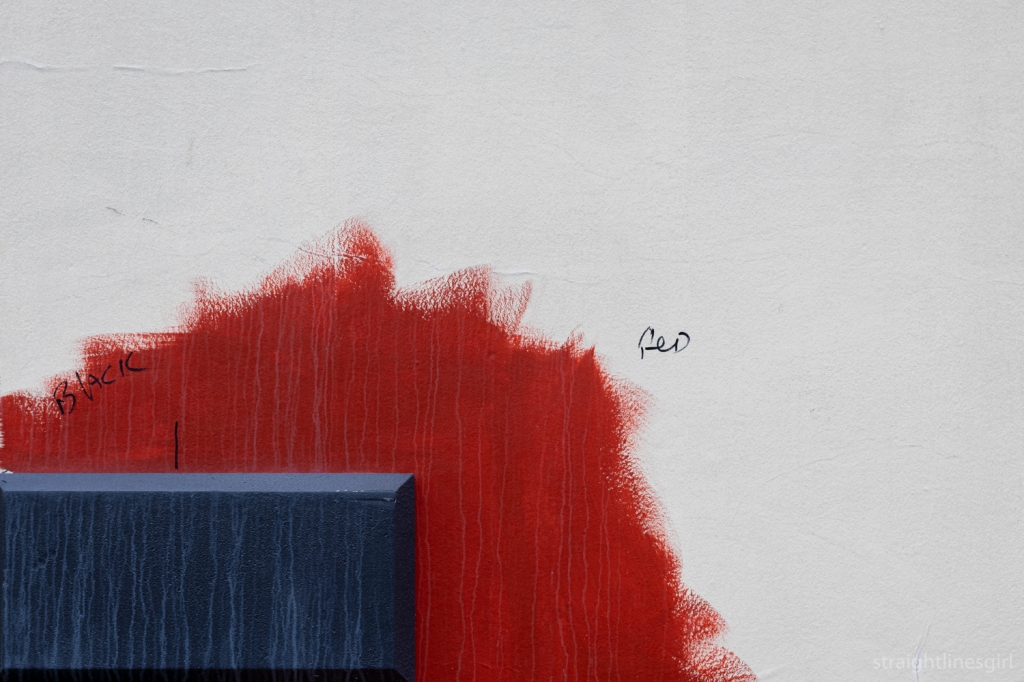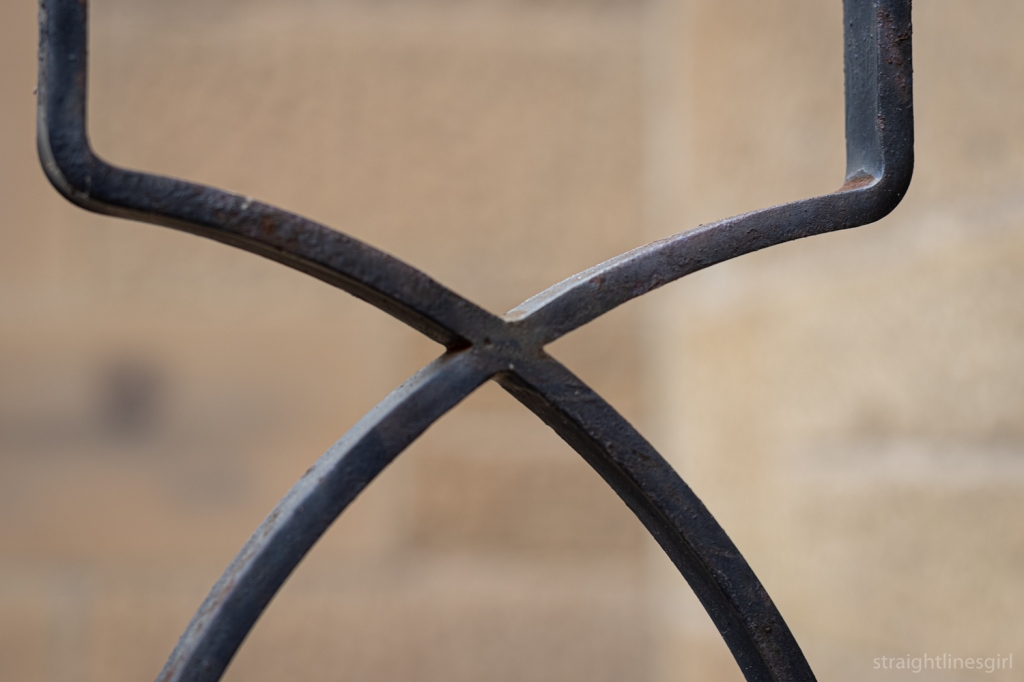Over on my other blog, Stepping on the Cracks, I’m writing about my progress in doing 20 things I set out to accomplish in 2020. It’s a movement (I guess) called 20 for 2020, which I first heard about a couple of years ago on the Happier podcast when Gretchen Rubin and Liz Craft talked about doing 18 for 2018. Last year, I did 19 for 2019 and this year I’m doing 20 for 2020 (although I actually have 22 things on my list but who’s counting?)
Thing number 9 is to “use no camera other than my SLR with a single prime lens for 30 days and post a photo a day for the month”.
I thought of this challenge last year some time when I was using my 24mm lens a lot. I thought it would be fun and interesting to keep that lens on my camera for 24 days and make 24 images in 24 days. I never did it, and the challenge turned into one of my 20 things for 2020, for a month rather than just 24 days. At the time, I thought I’d use the 24mm because I love using it.
But I have this 50mm lens too. (It’s 50mm, but on my crop sensor camera it has an effective focal length of about 80mm.) It’s not a focal length I often shoot at. I’m a huge fan of my 10-22mm wide-angle lens. If I’m not using the 24mm, this one lives on my camera. The other lenses are there just to take up space.
Earlier this week I was on holiday. Let’s call it a photo holiday. While I was in a coffee shop, I was thinking about how time was running out for me to shoot with one lens for a month. So in a fit of holiday madness, I thought why not mix things up totally and use the 50mm for the challenge, and why not start right now?
I put the lens on and went out to take some photos. But, true to form, as soon as I got to the location I wanted to photograph, I took it off again and put the wide-angle back on.
No, Barb, you’re missing the point of the challenge.
The challenge is to shoot within the limits of the lens you have. Not to change back to your safety net as soon as you start shooting. So, after getting the wide-angle shots I wanted, I put the 50mm back on and set about learning to use it.
I think what had been playing on my mind was a recent episode of photographer David duChemin’s podcast, A Beautiful Anarchy, called Play the Unplayable that I had listened to the day before. In this episode, David talks about the jazz pianist Keith Jarrett performing the Köln Concert, where (to make it very short) he made the most of everything that could go wrong going wrong, performed an improvised piano concert at the Köln Opera House on the world’s shittiest piano after no sleep, being in a back brace, and no food, and still managed to pull off a masterpiece performance.
The point is, says David, that the best of our creative efforts don’t happen when the conditions are perfect. He says that Keith Jarrett performed this masterpiece because of the limitations placed on him, not in spite of them. The constraints forced Keith to play in a way no other piano would have, and, David says, suggested variations he might never otherwise have considered. Keith played the “unplayable” little piano with its broken keys and non-functional pedals with what David describes as a determination and grit that other performances had never required of him.
From this story, David observes that working with unfamiliar tools and unfamiliar circumstances forces you to play an A-game you wouldn’t otherwise play. He says that a disruption to our script forces us to think in new ways. A broken tool demands new ways of working and, on some level, he says, being close to failure makes us pay attention and focus our efforts in a way we wouldn’t do otherwise.
Perfect conditions are not a prerequisite for making our best work.
David asks us to consider what if the most perfect conditions for making extraordinary things are those where things go wrong, put us off balance and demand more from us? What if the conditions we see as a liability because they’re hard are actually our greatest assets?
The best of our creative efforts, he says, do not happen when conditions are perfect.
You can read about the Köln Concert here.
The 50mm challenge is my equivalent. Okay, it’s not quite the same. Actually, it’s nothing like it. Unlike Keith Jarrett, I have a choice about my tool. I’m not in pain, I don’t have a shitty camera that doesn’t work properly and I haven’t driven 350 miles across the country and had no sleep. But it’s a lens I’m not used to at all and I don’t really know how to use it. Because it’s a prime lens, I can’t zoom to get the composition I want like I’d normally do, so it’s limiting in that sense. It is not the tool I would usually use to make my art.
It is the tool I’m forcing myself to use.
I have set my constraints and now it’s up to me to create my work within them.
Here are the rules of my challenge:
- The 50mm lens stays on the camera for 50 days starting on 28 October. The other lenses are out of sight. (In fact, they are locked in my camera bag so that I can’t just get them out without thinking about it. If I want them, I’ll have to unlock the bag, which is going to remind me that they’re off-limits. I just hope I don’t lose the key.)
- I take at least one photo a day with the SLR.
- I can edit the photos however I want but only to enhance what was already there. I can’t make up light that wasn’t there, for example. The only exception to this might be to alter the colours to make a more coherent image or change it to black and white.
- The basic composition has to be right within the original shot. I can straighten and crop minimally to make up for my crappy eyesight or to make up for not being able to get closer or further away because of limitations of the site (e.g. oncoming traffic, large holes in the ground, or other risks to my life if I moved closer, but people looking at me oddly for taking a photo doesn’t count). Apart from that, I can’t use cropping to make up for not having been in the right position. I need to move to get the angle I want, not rely on post-processing to do that.
- Cloning is okay if I couldn’t have avoided including the thing to be cloned in the image. But if it’s careless composition, for example, because I didn’t check the edges of the frame and there are stray tree branches in the image, they stay as a lesson to me to be more careful next time.
- I can use my phone for photos to record my daily life, street corners project and other things that I regularly document with my phone.
- I share one photo from every day. I don’t have to share it on the day I made it, but I need to have 50 photos from 50 individual days between today and 16 December.

I’m going to post the photos on my Instagram with the hashtag #50in50 (which looks like it’s actually a hashtag about running!) and I’ll aim to update at least once a week on the blog.

